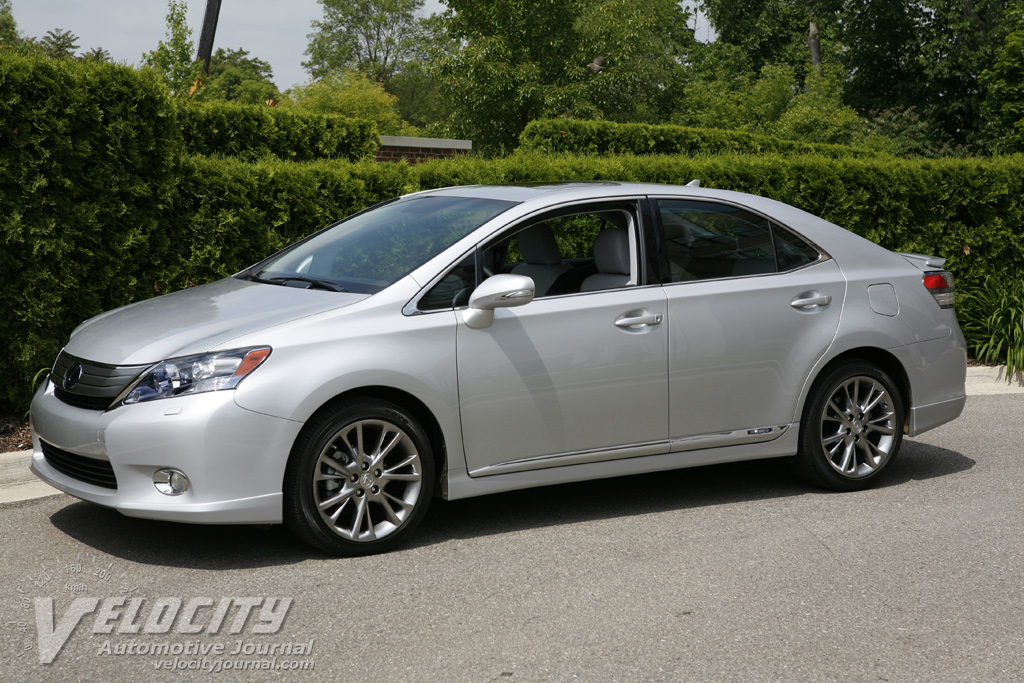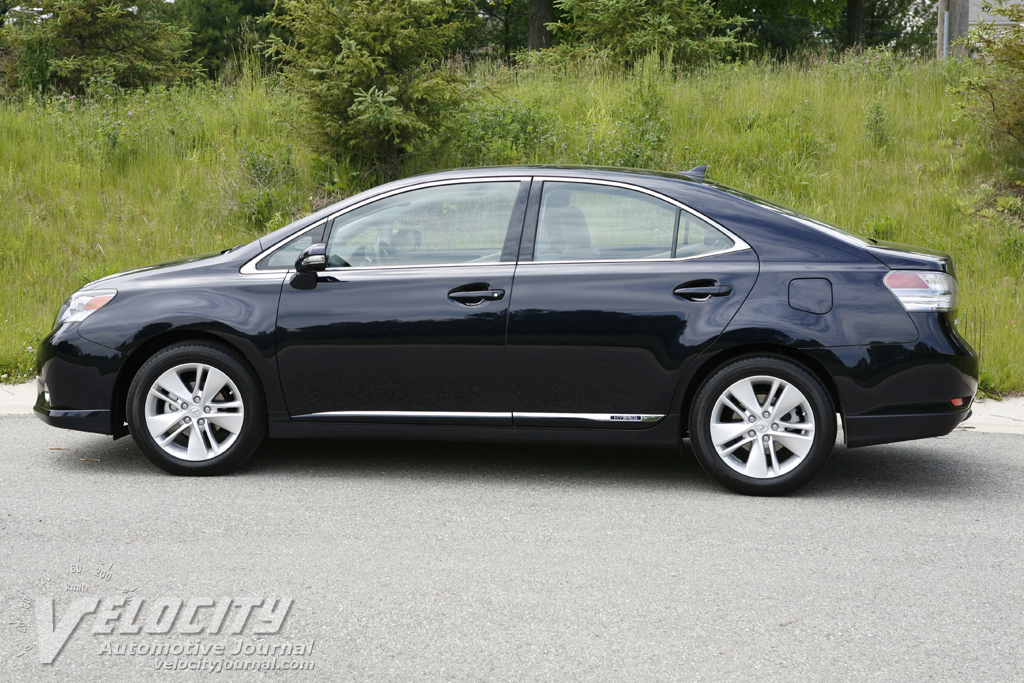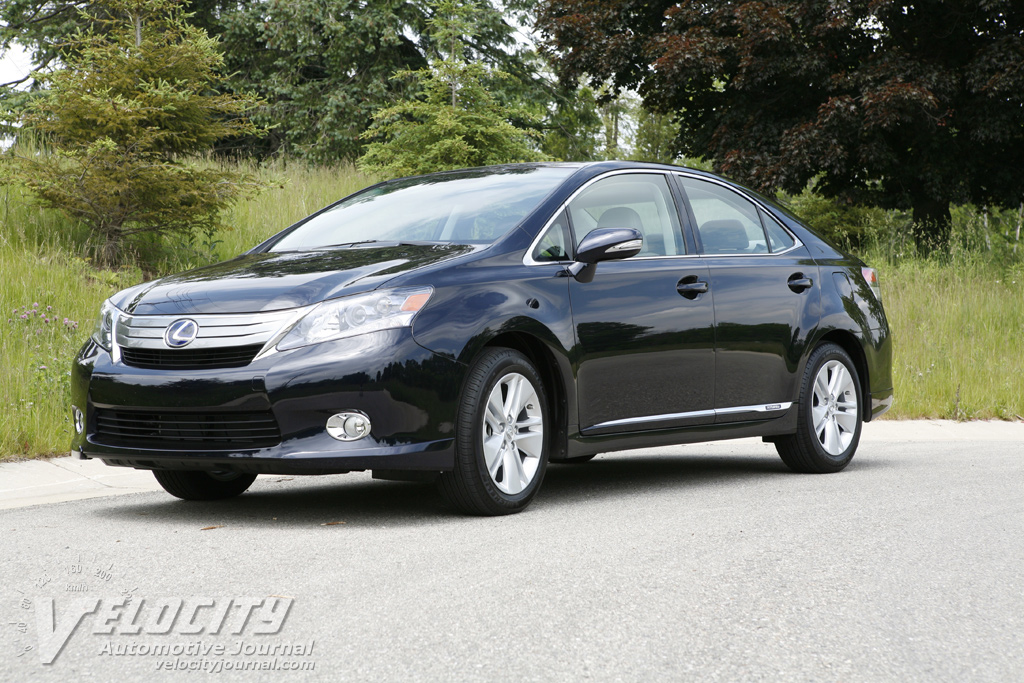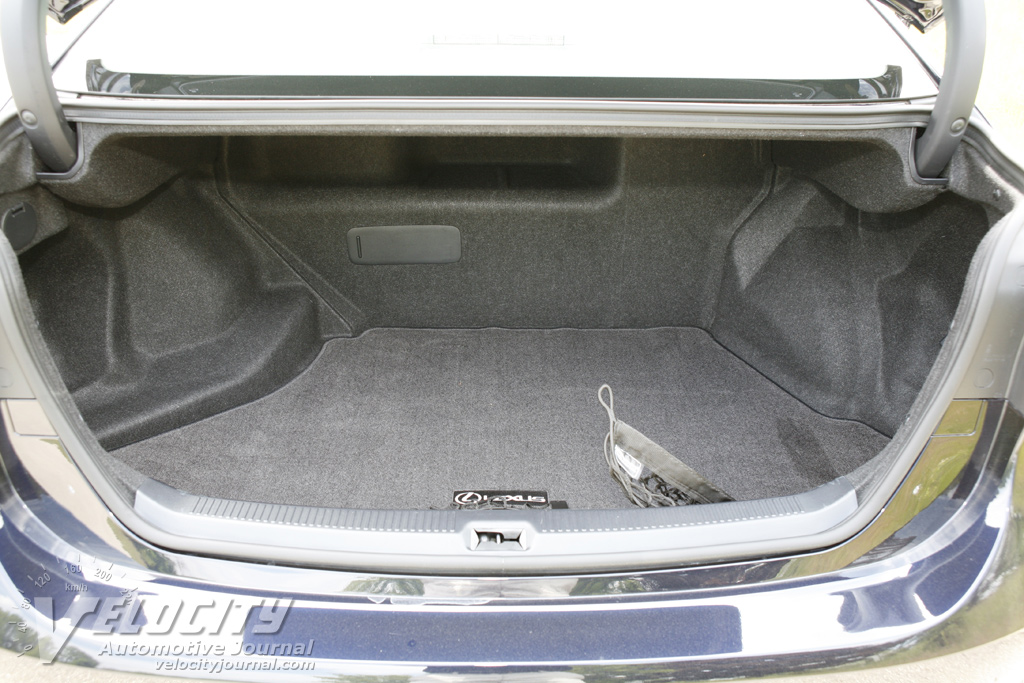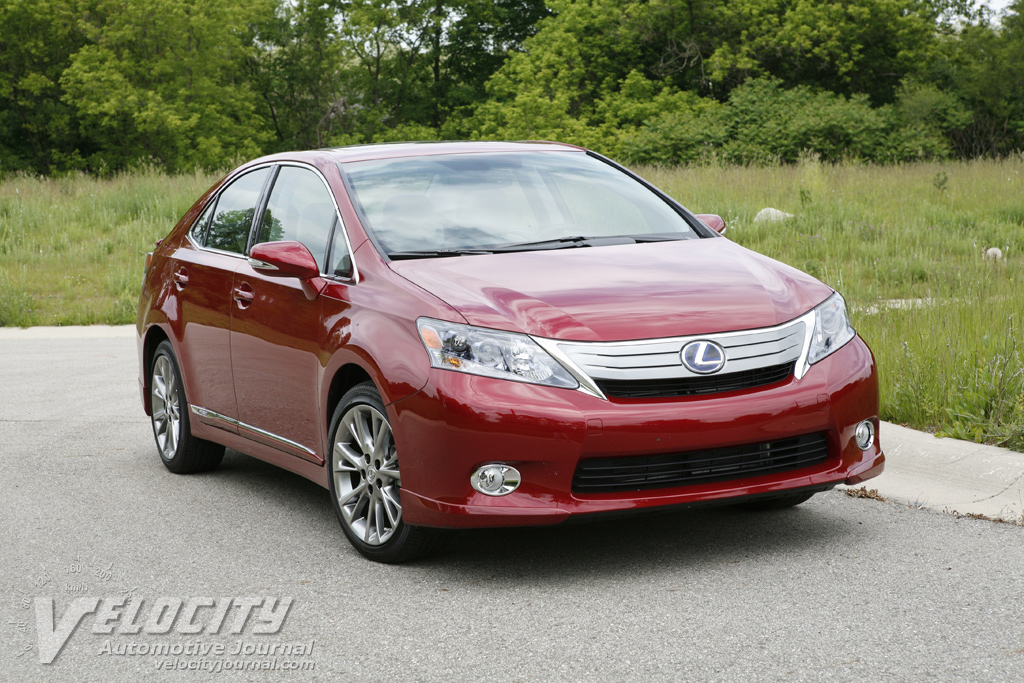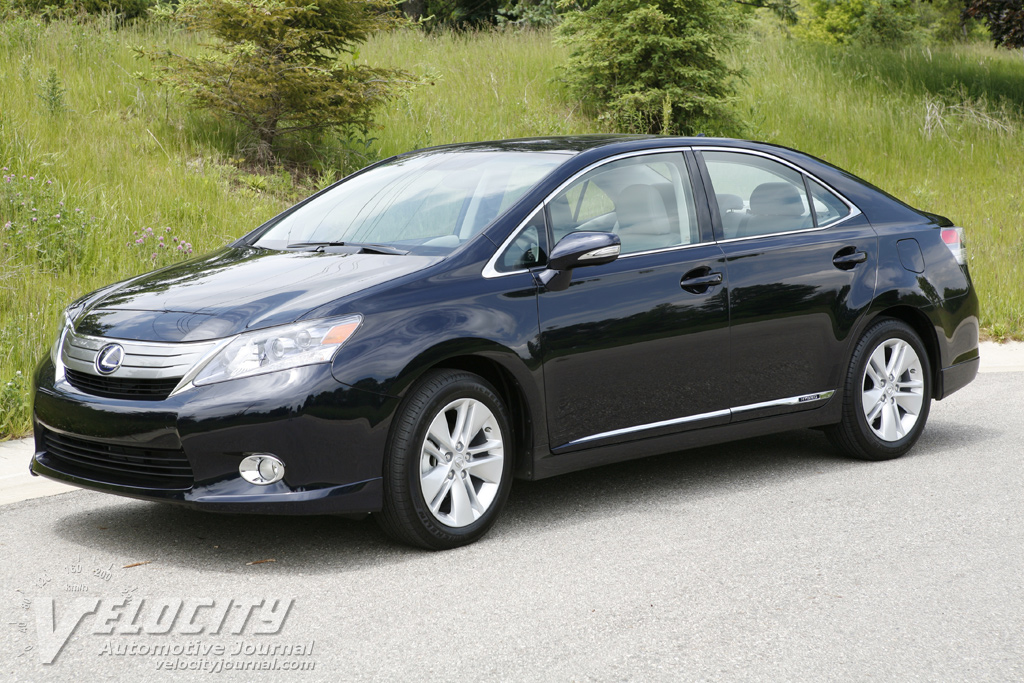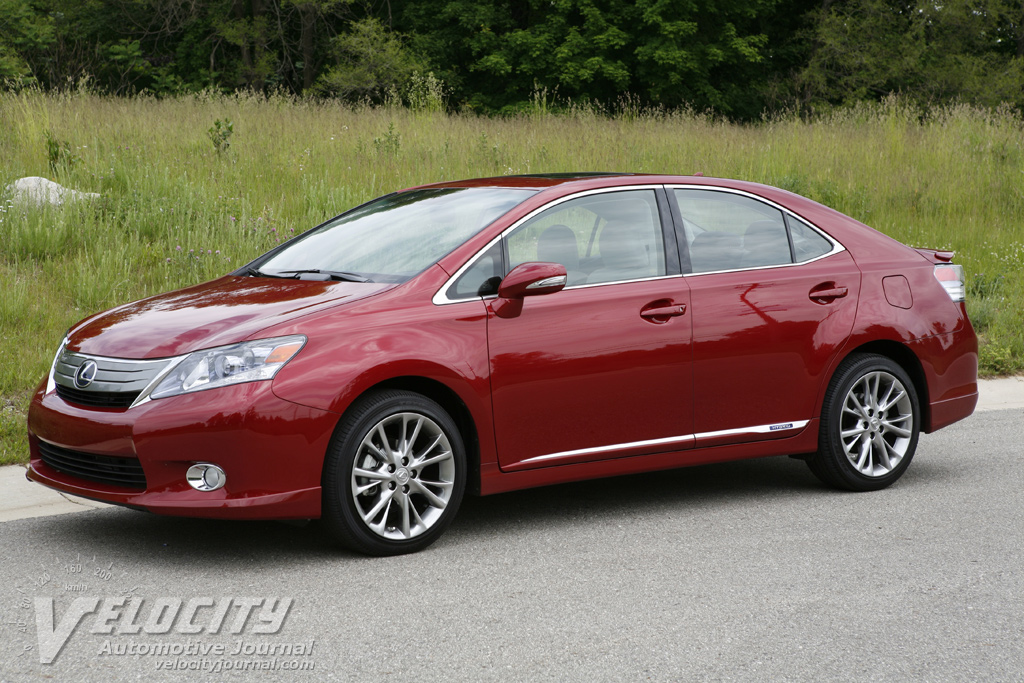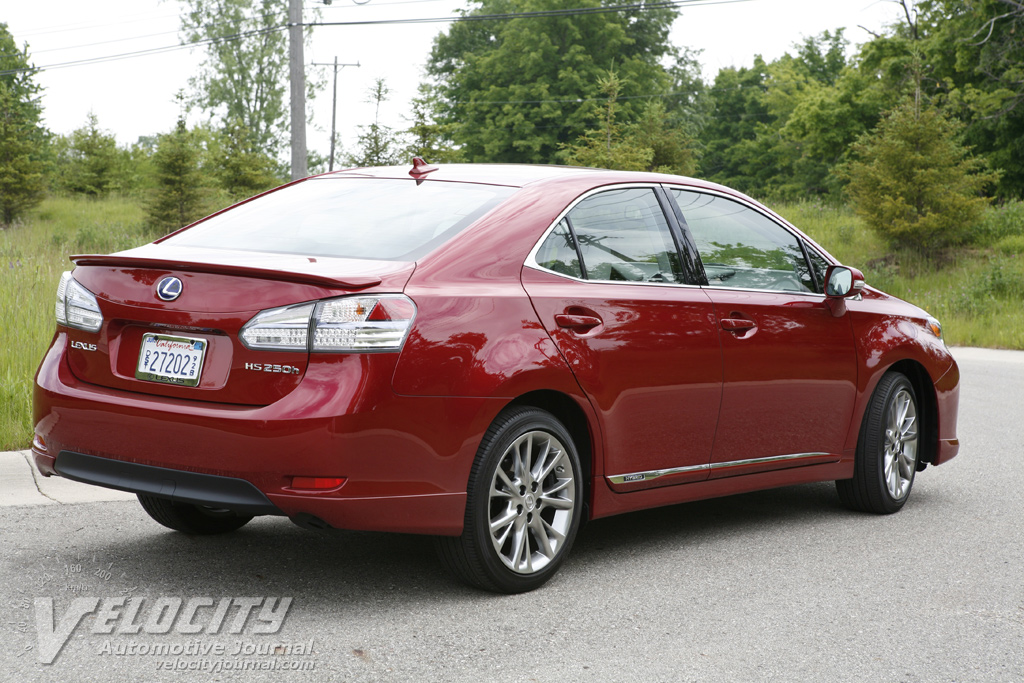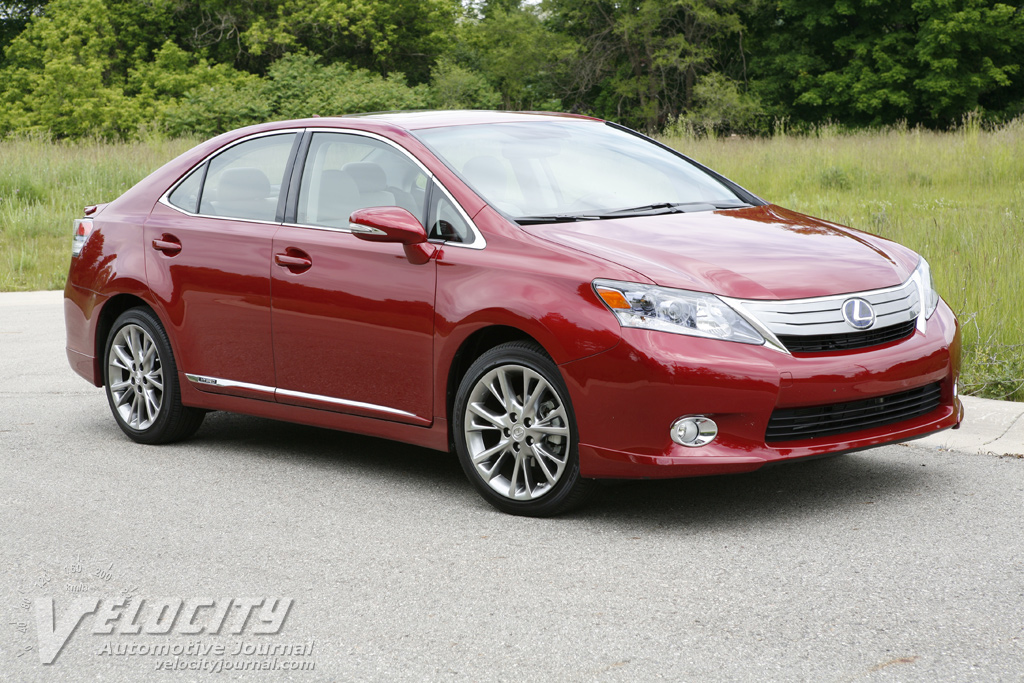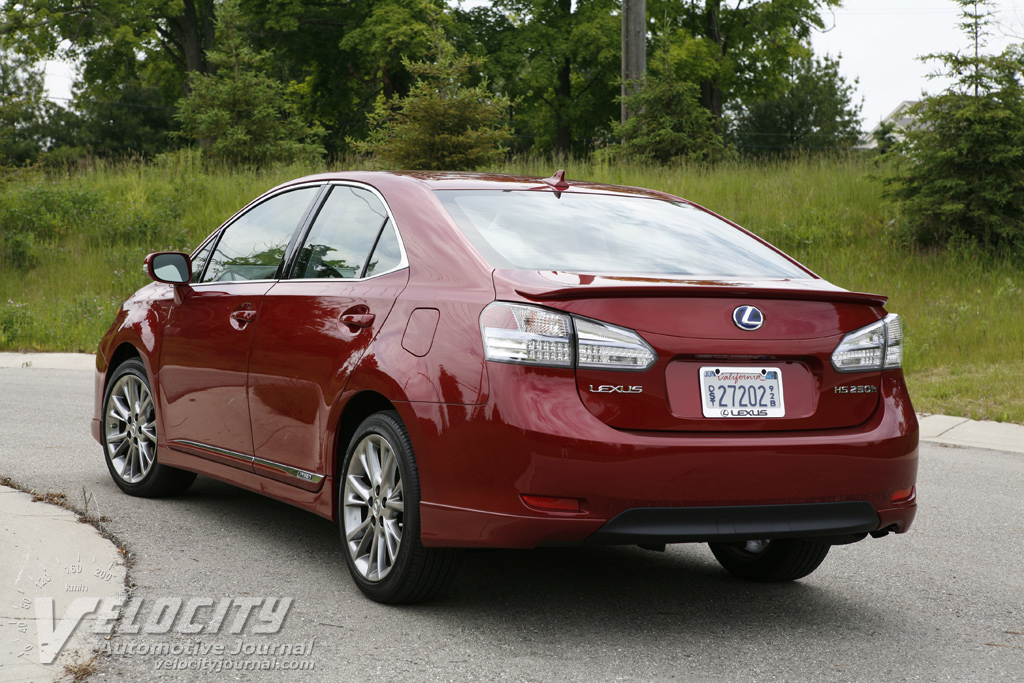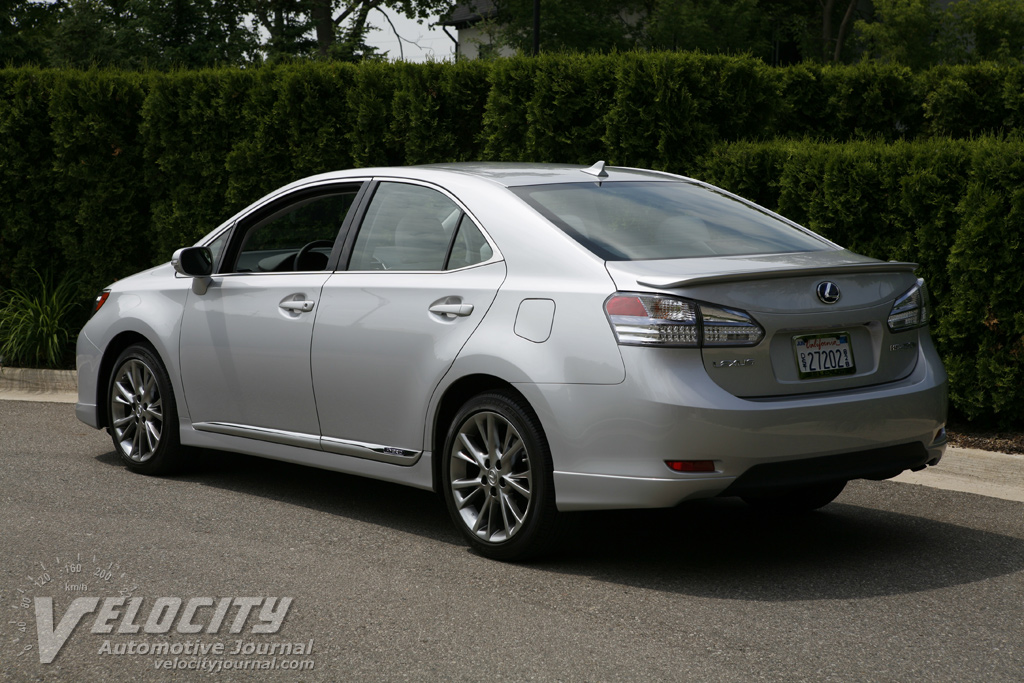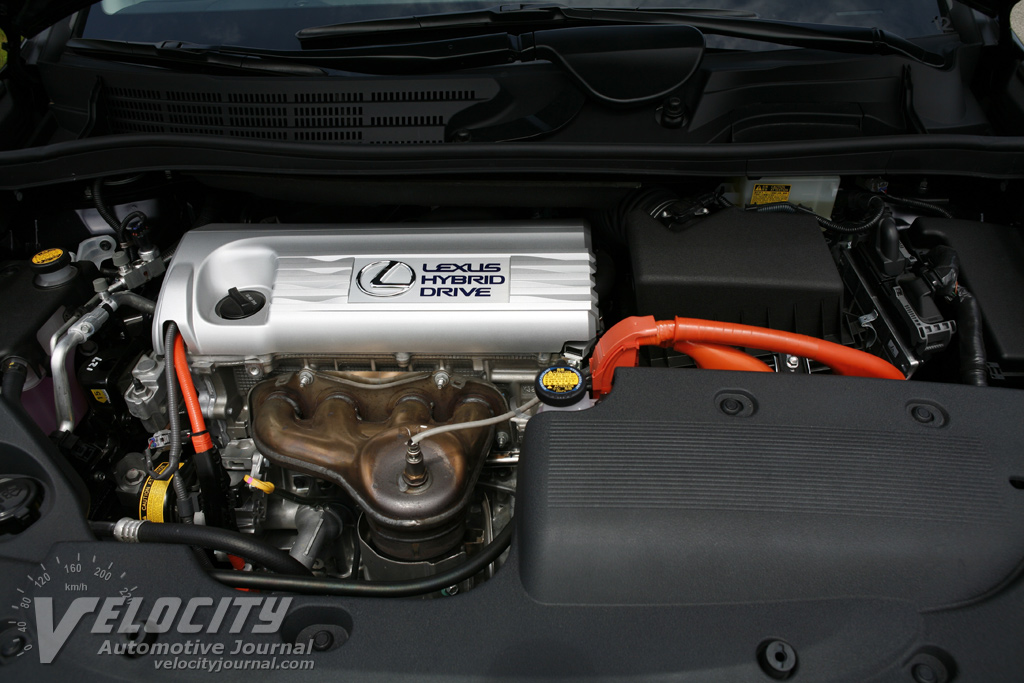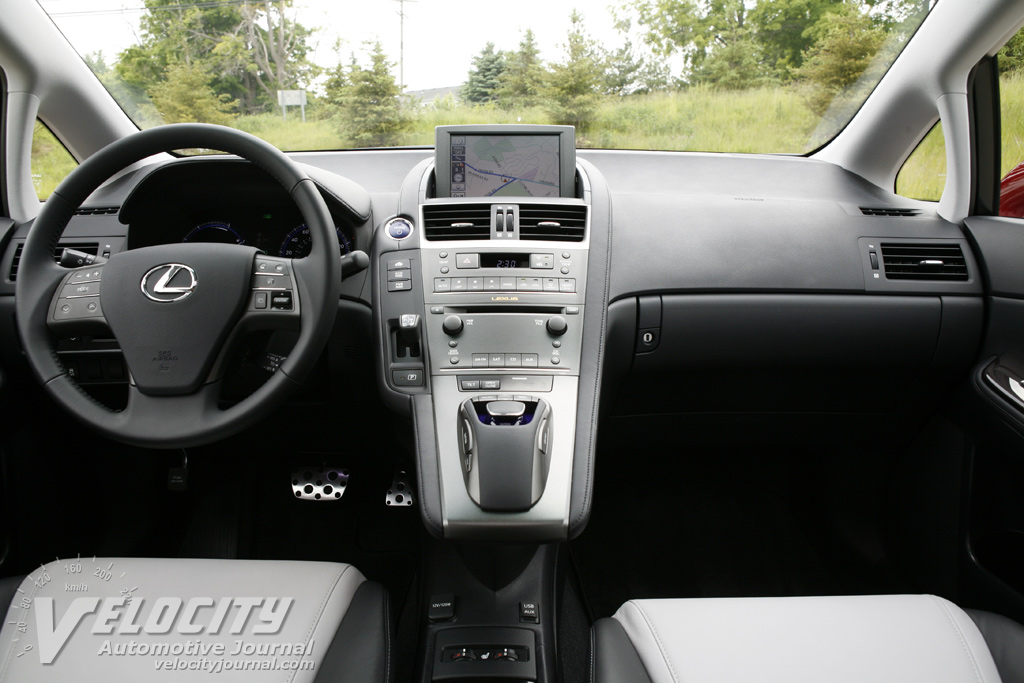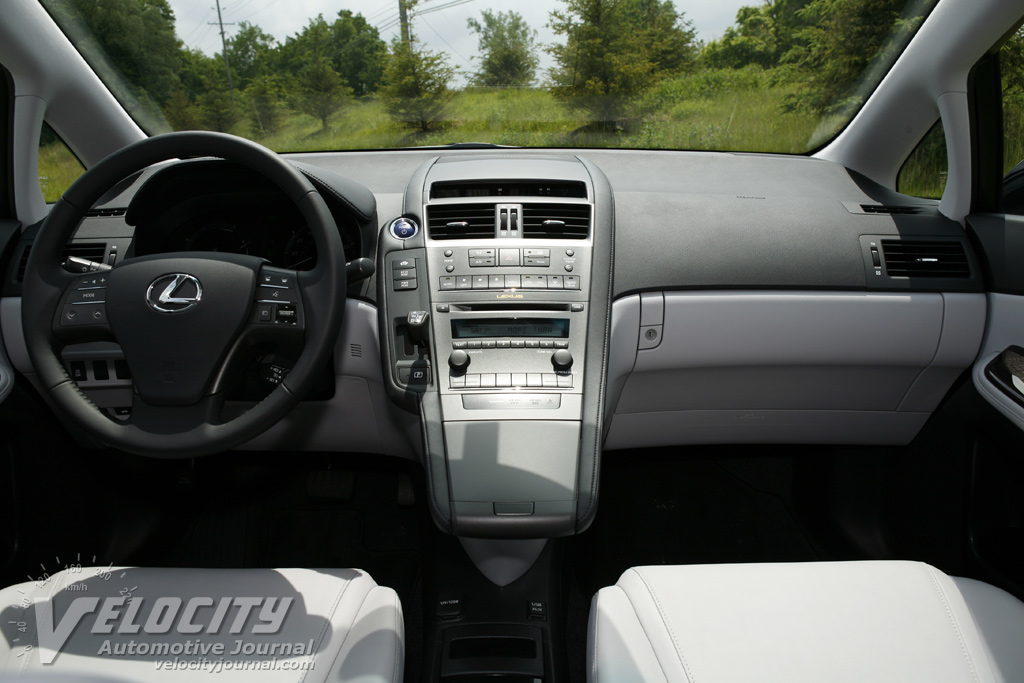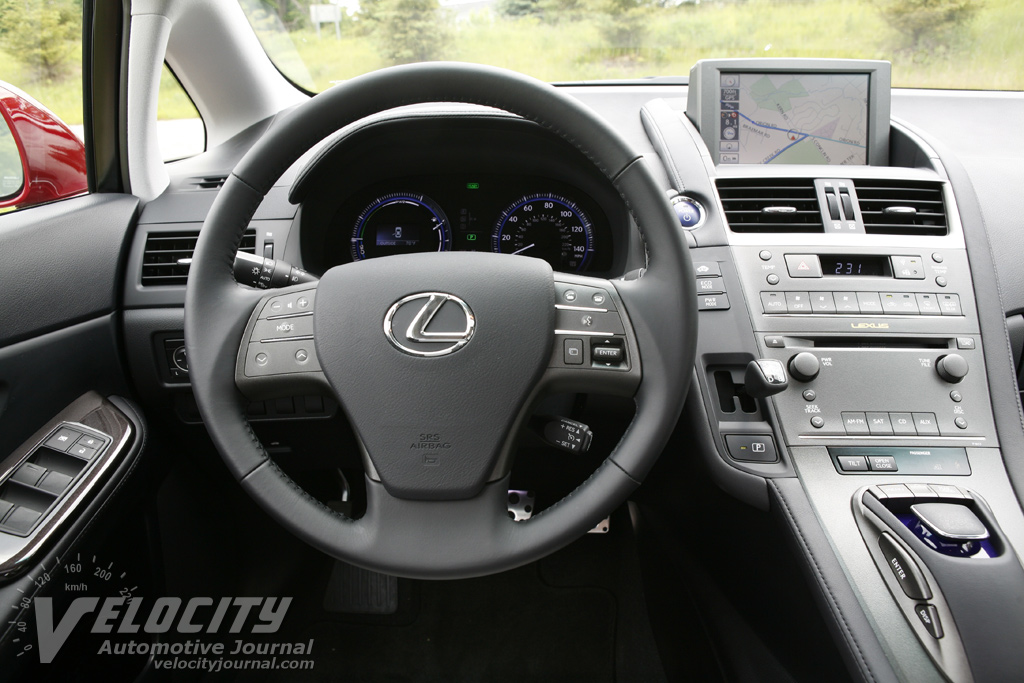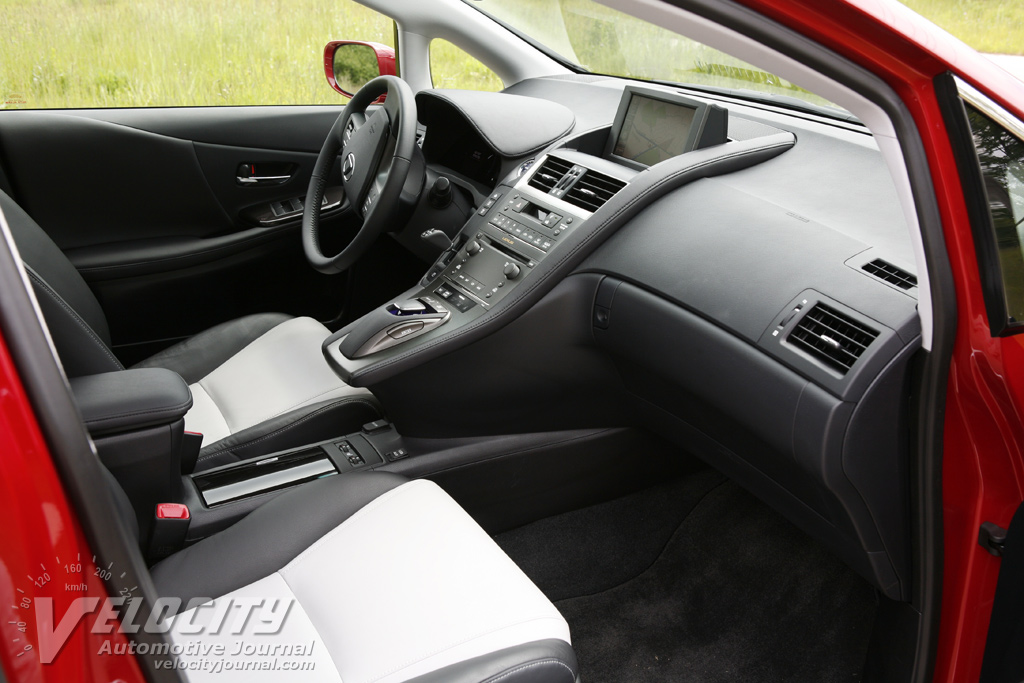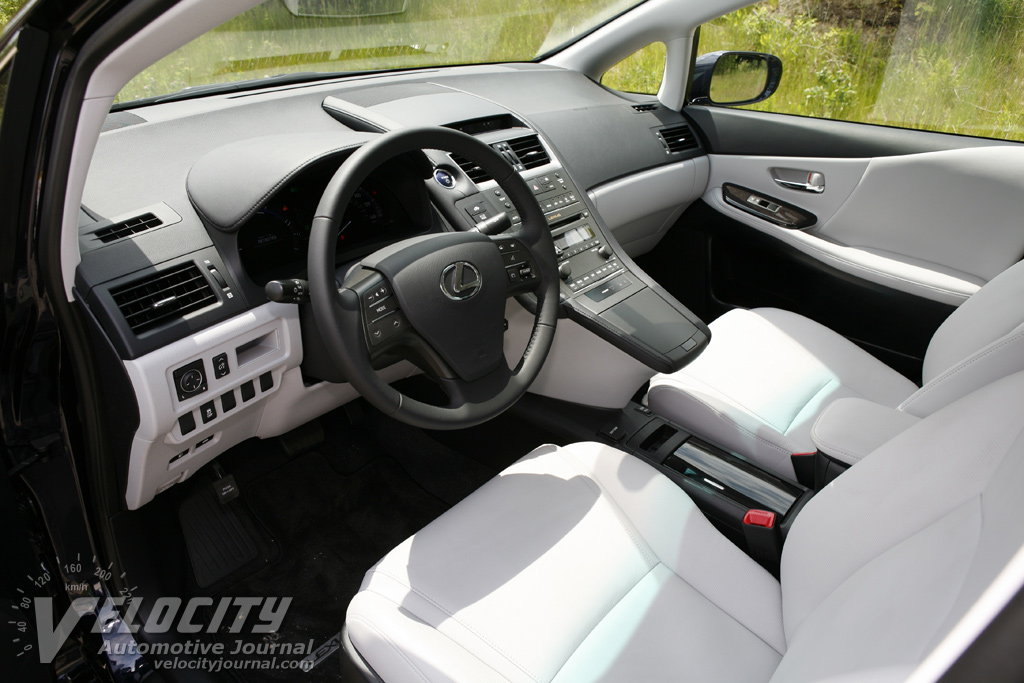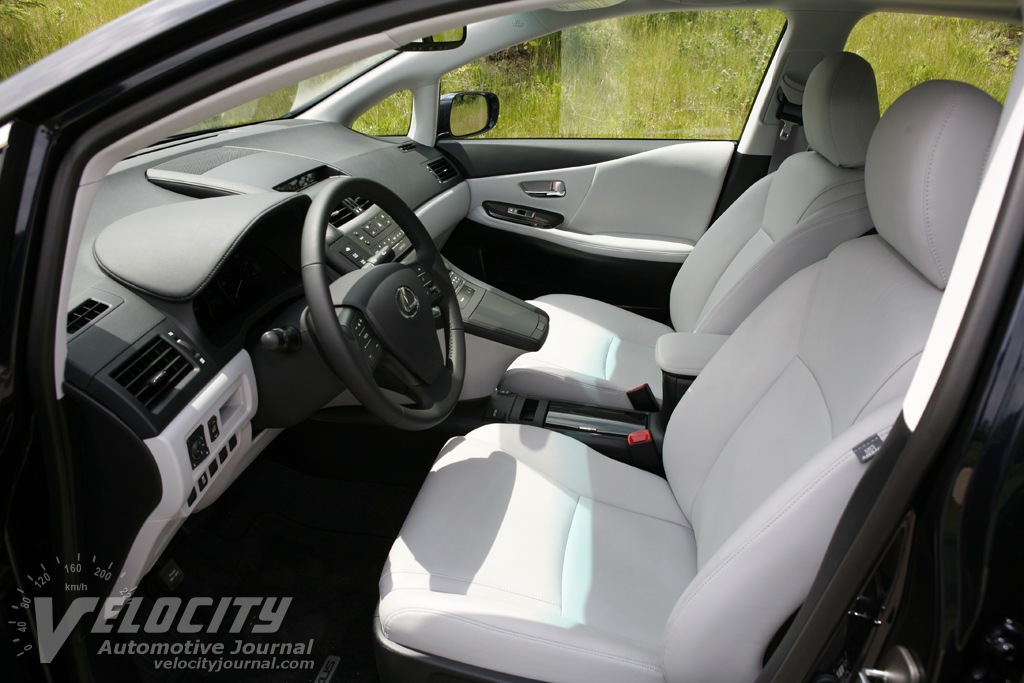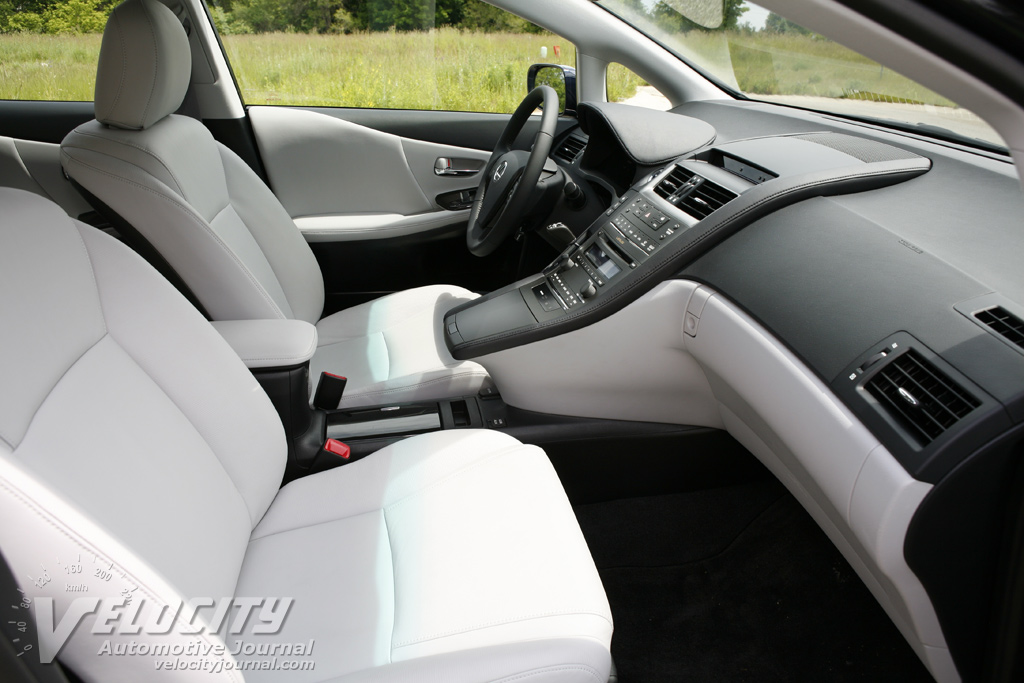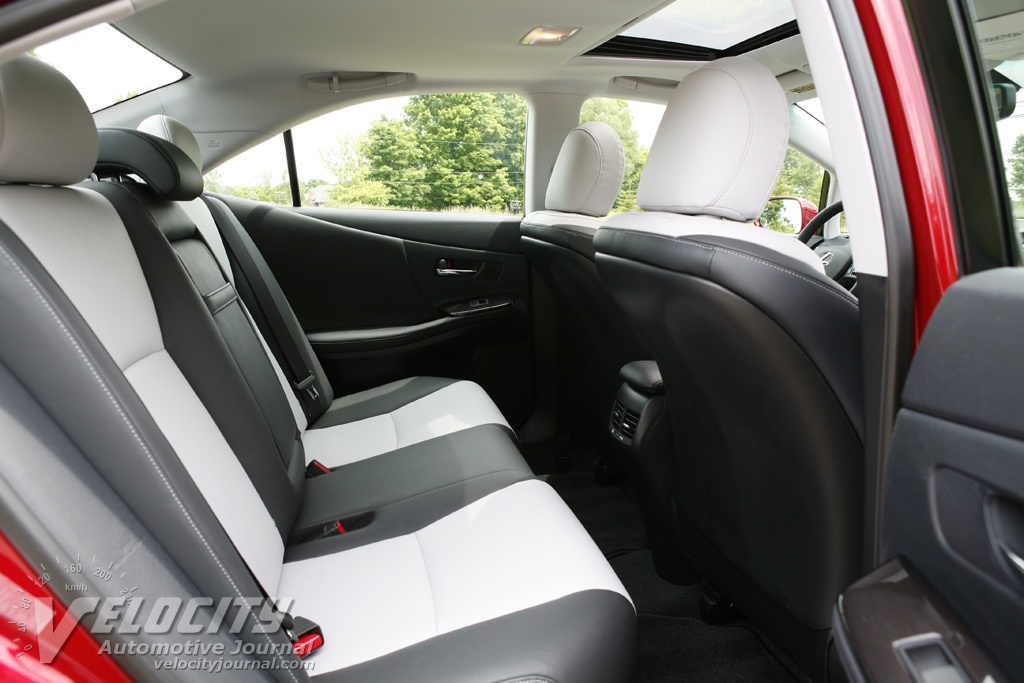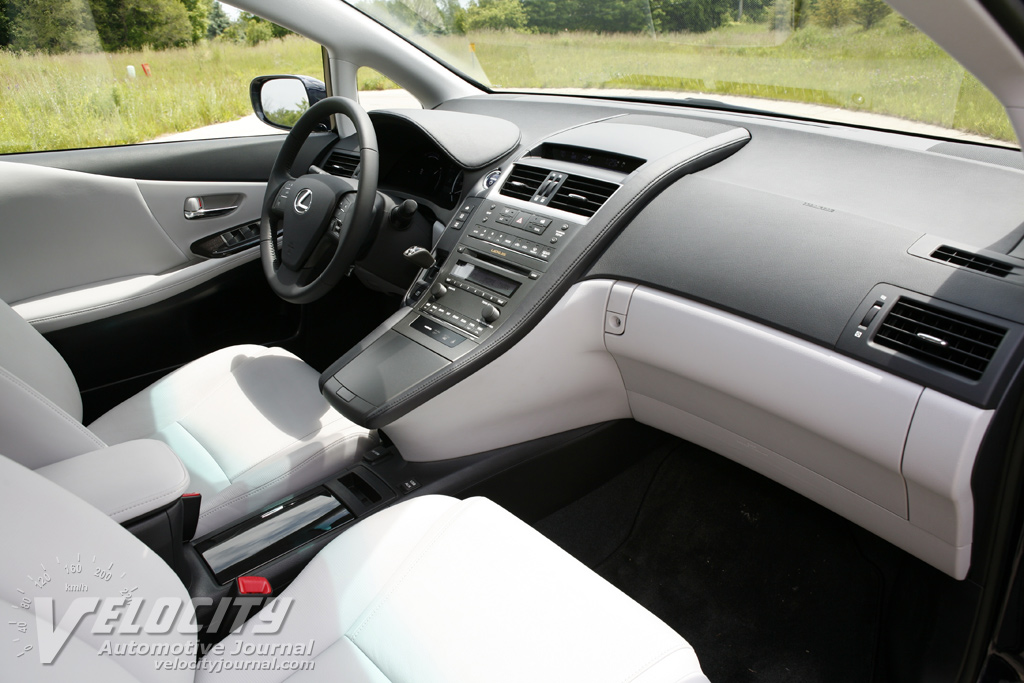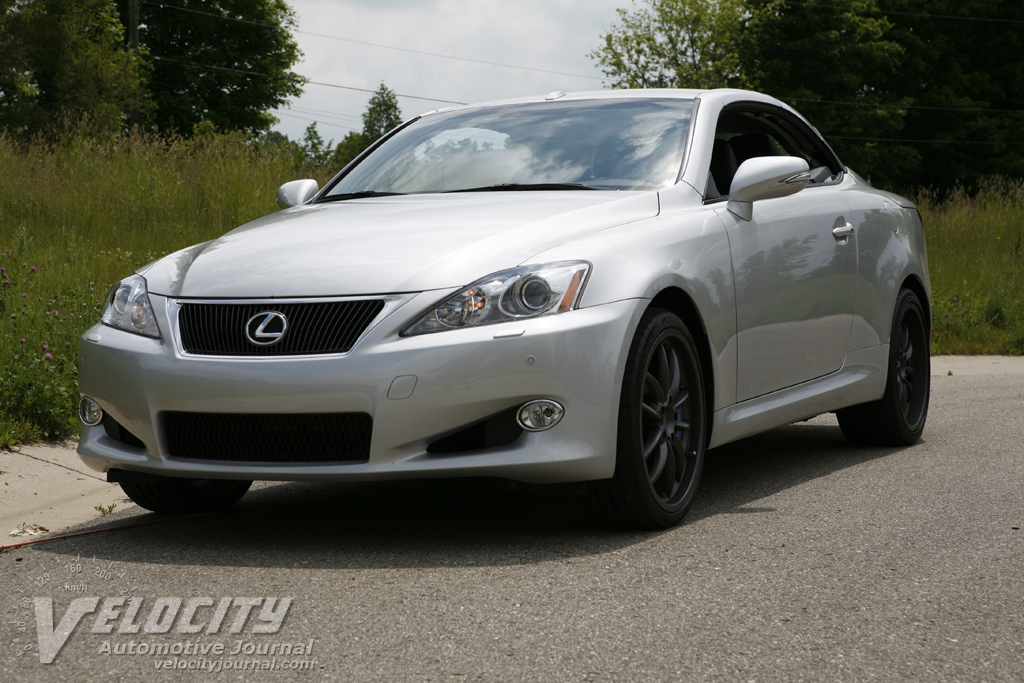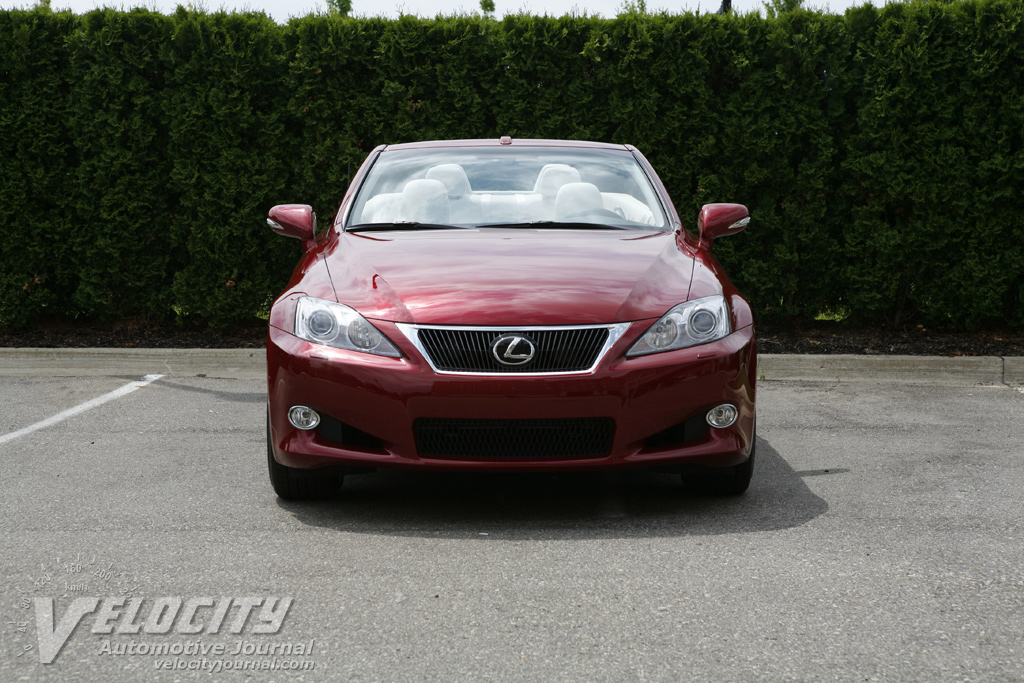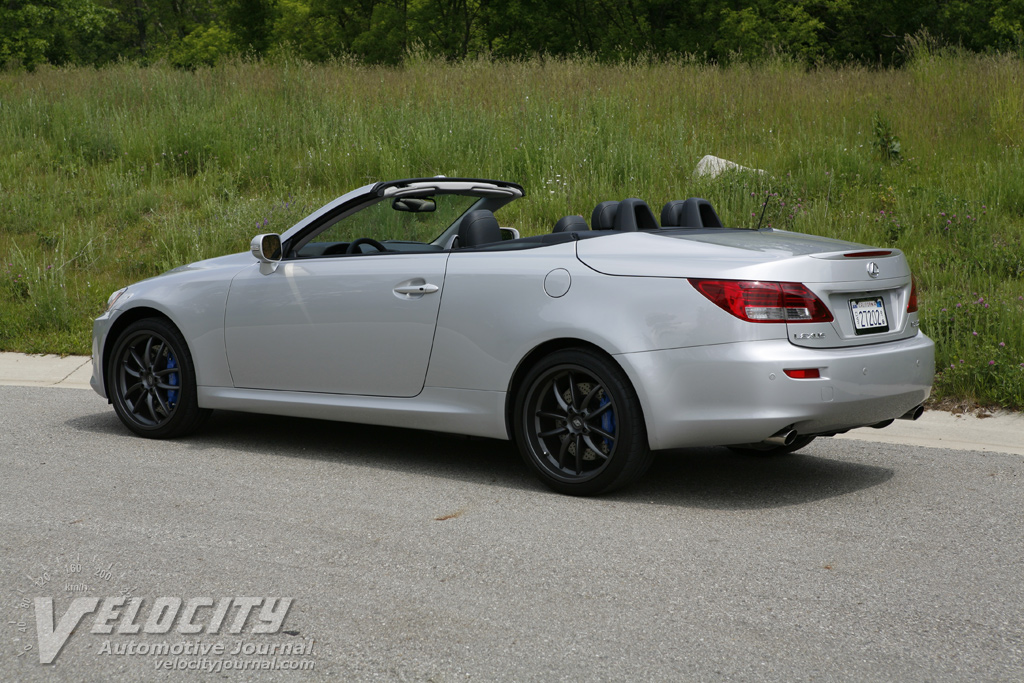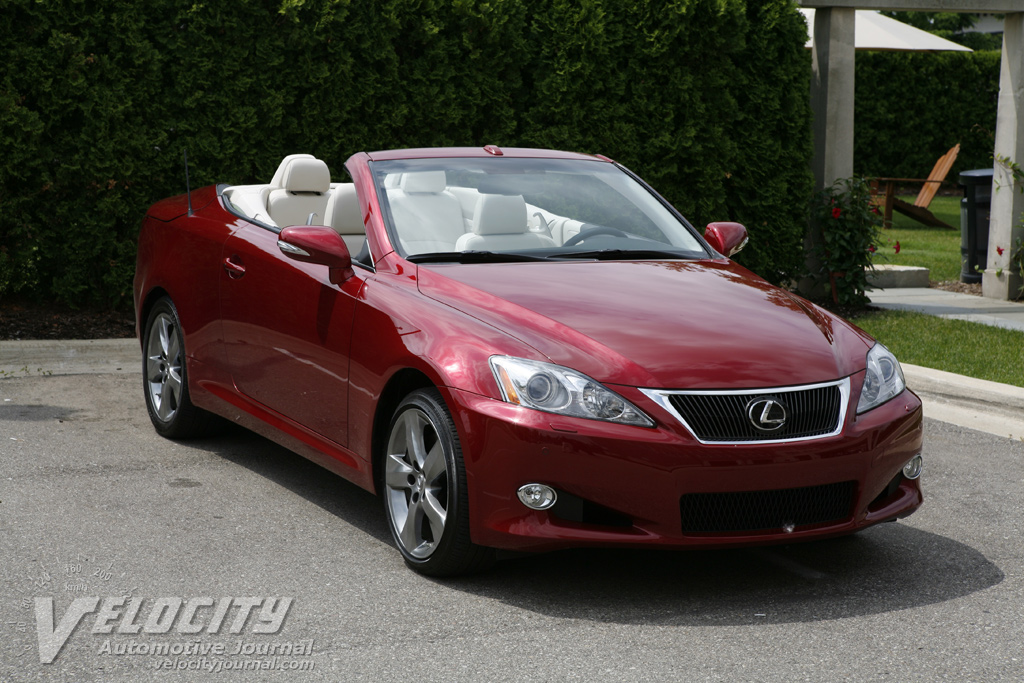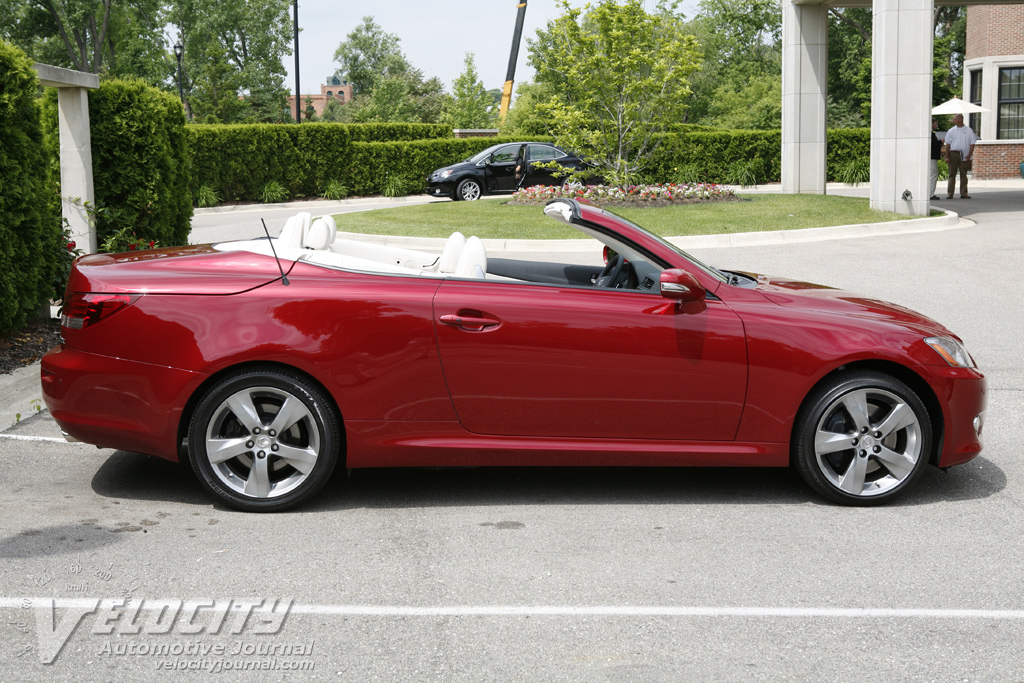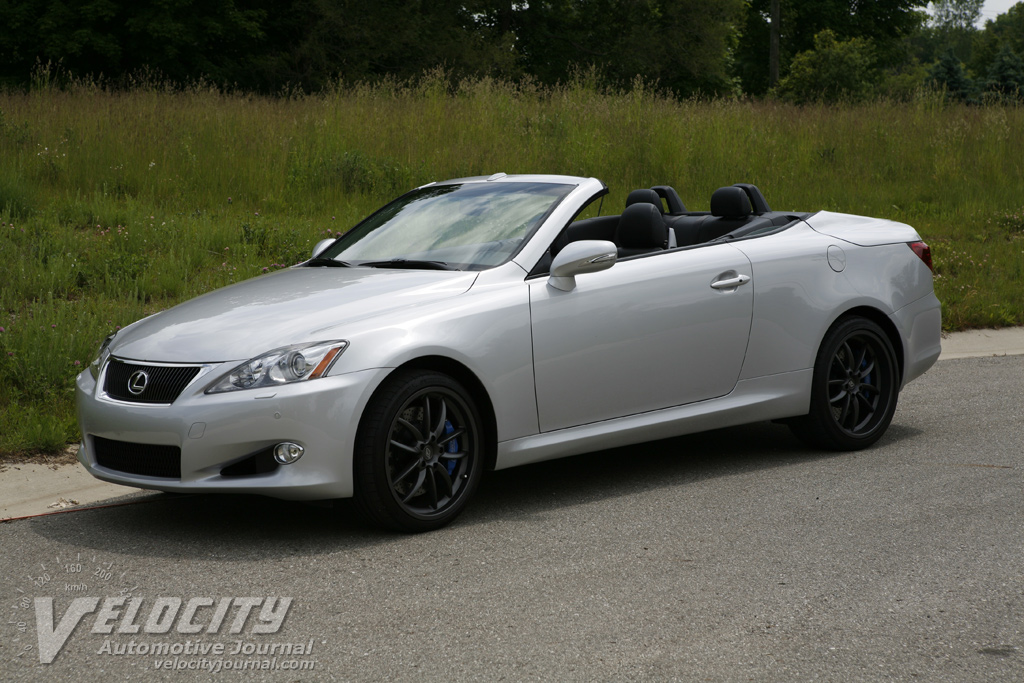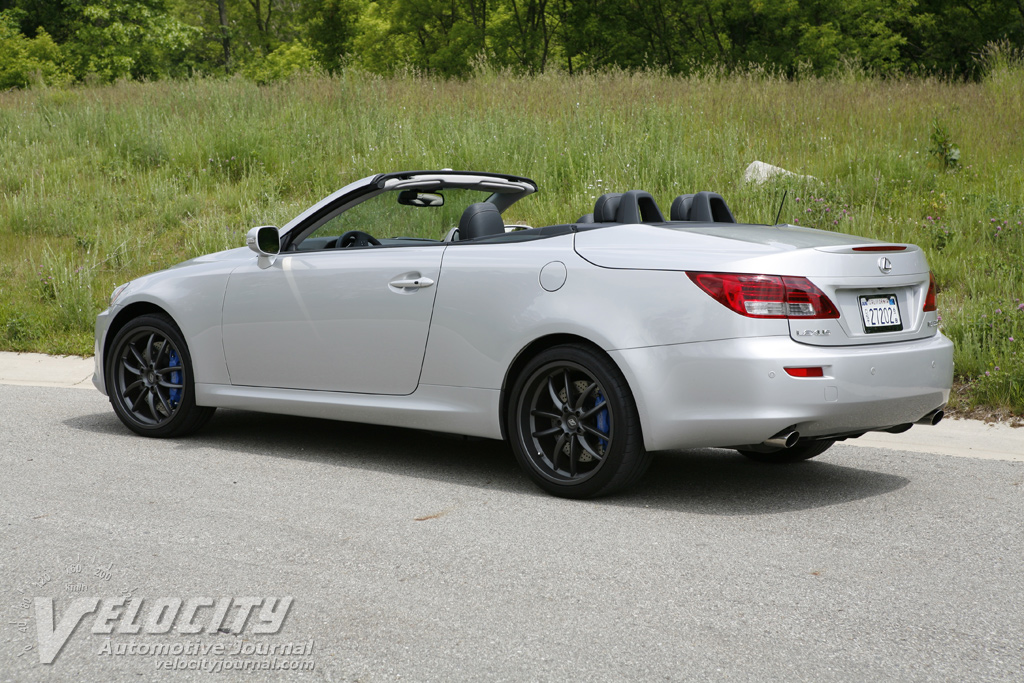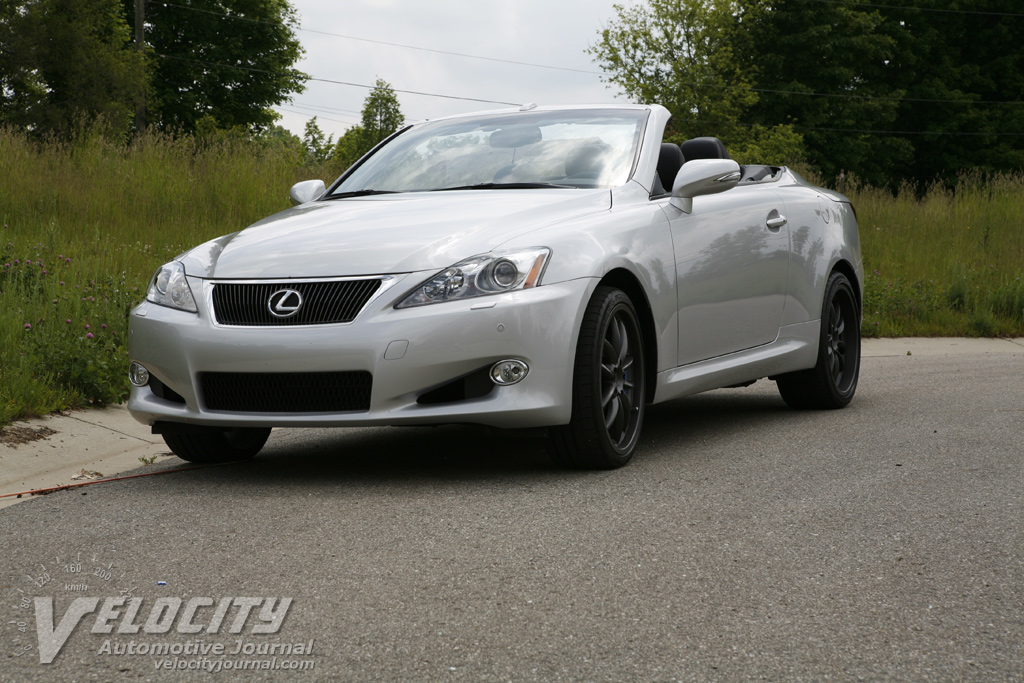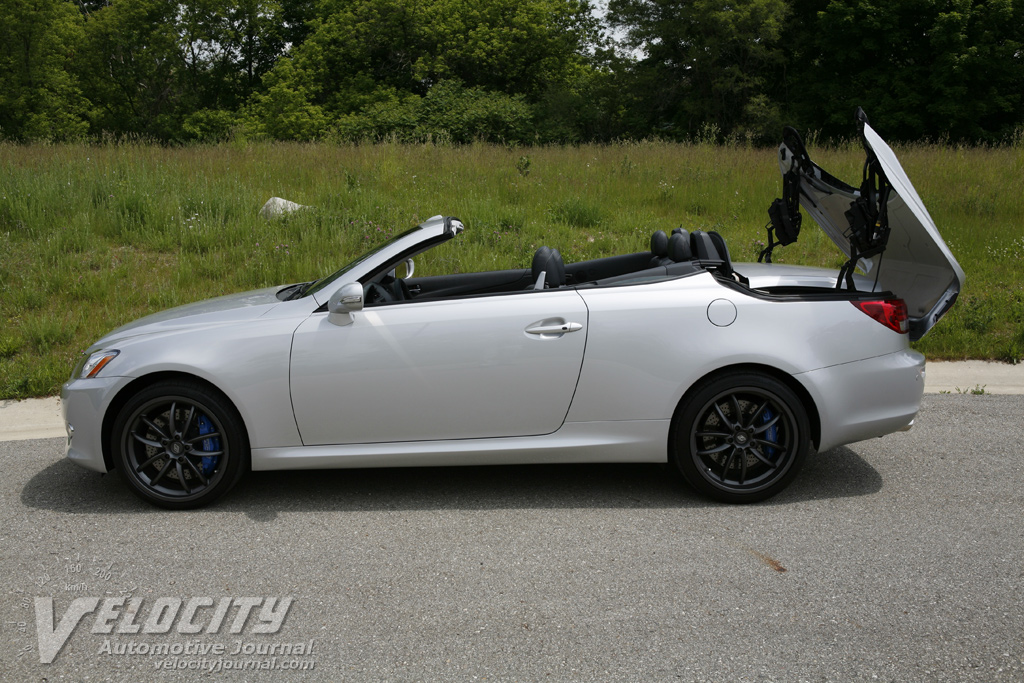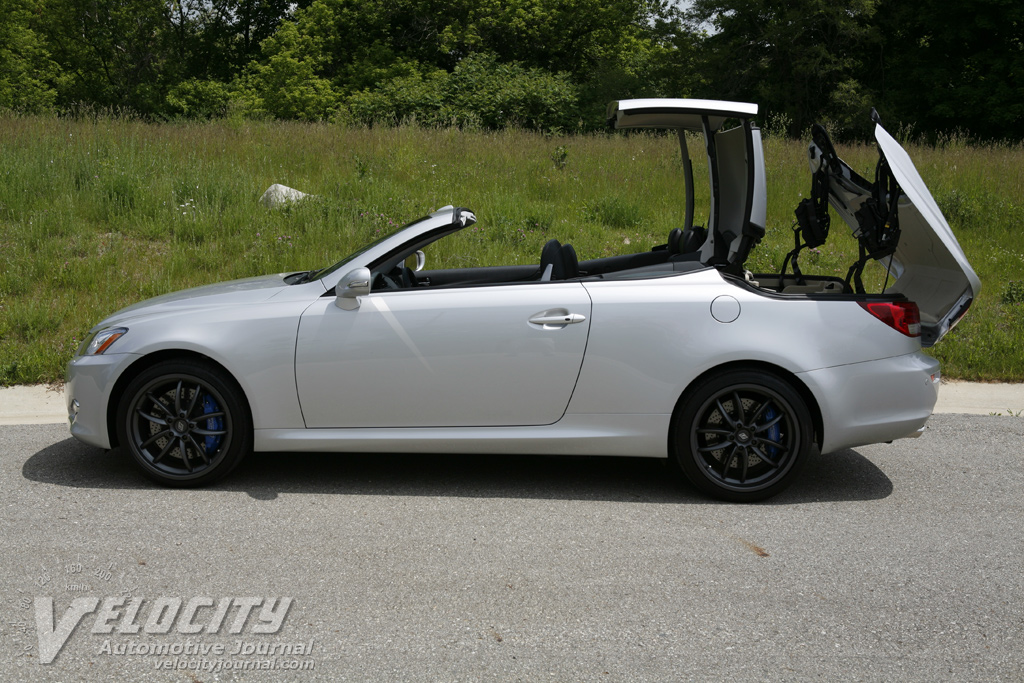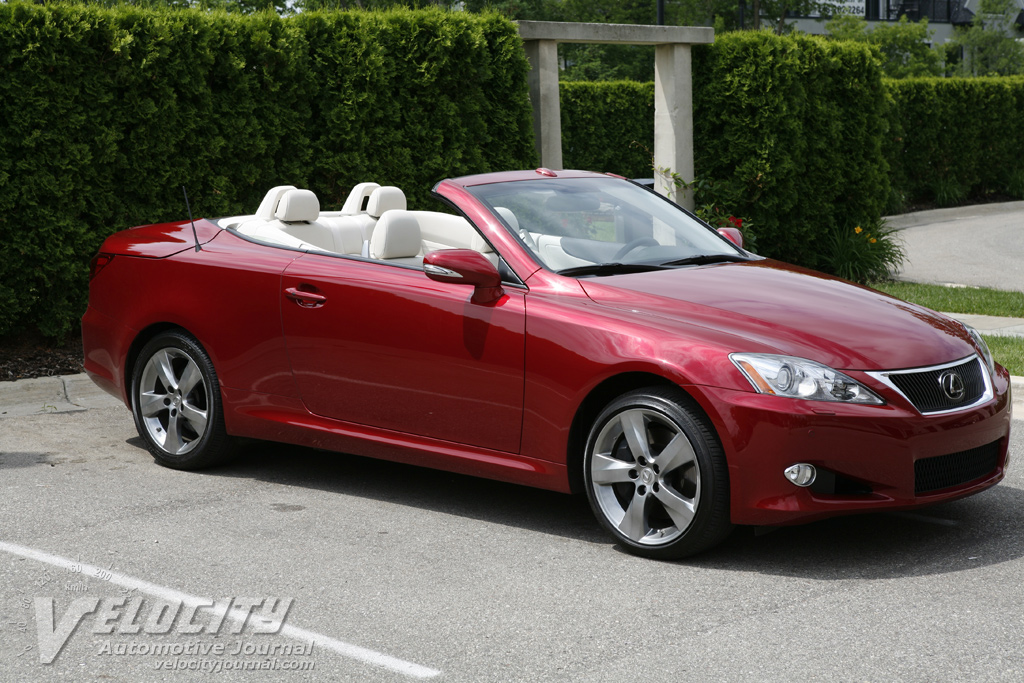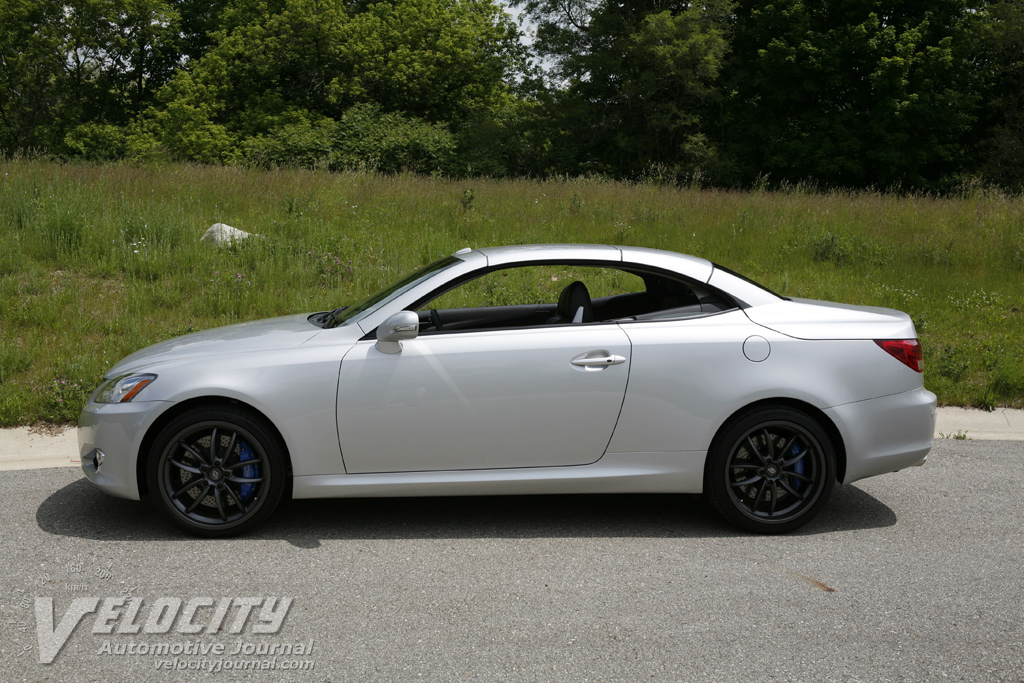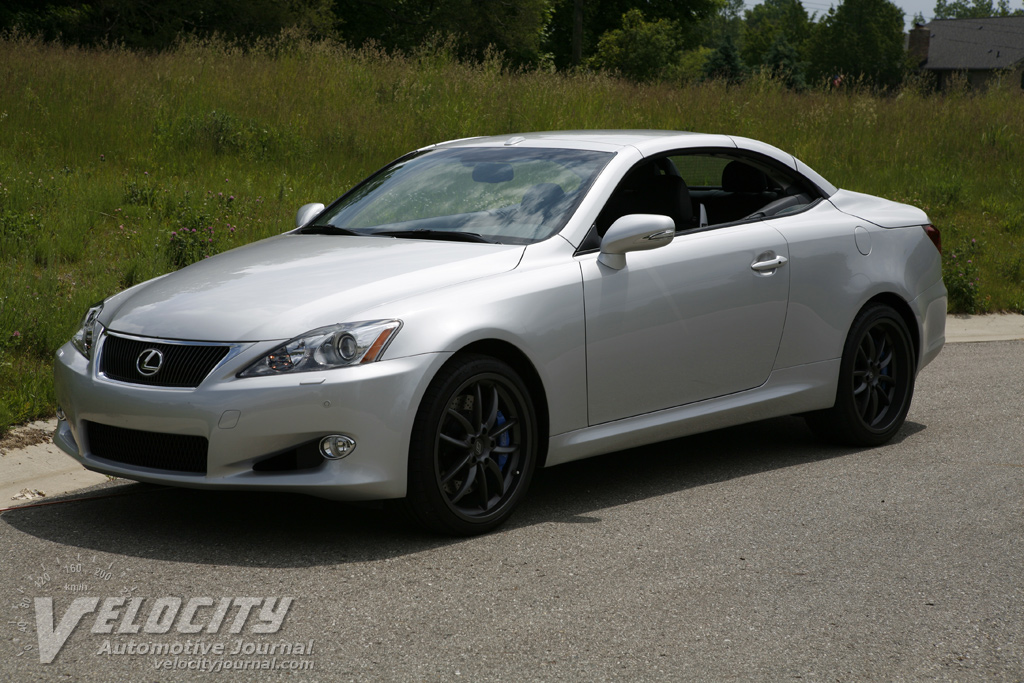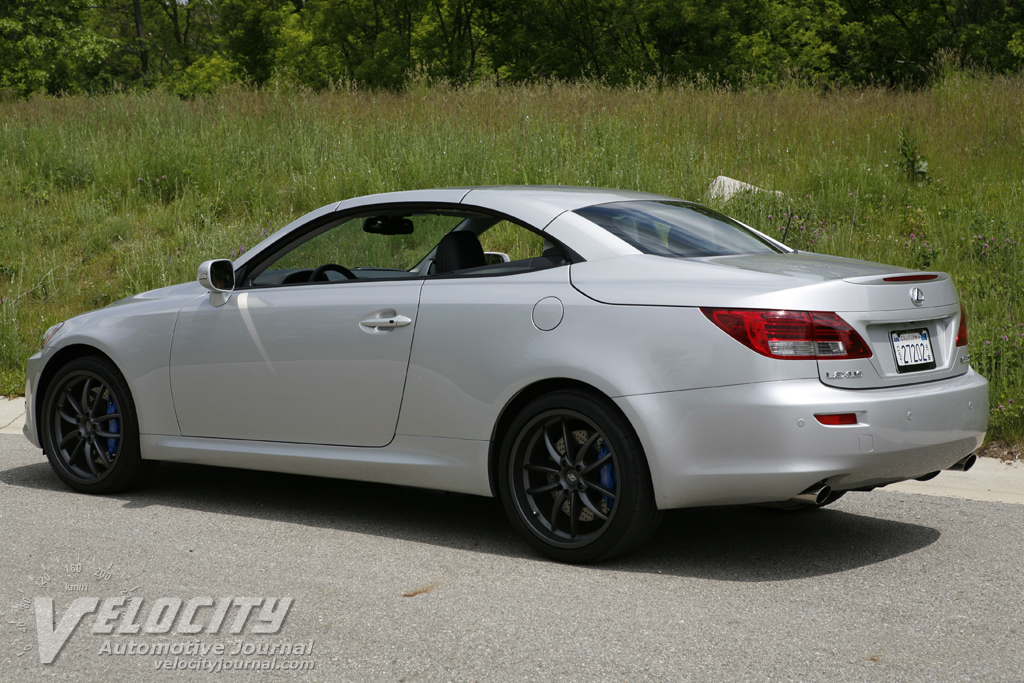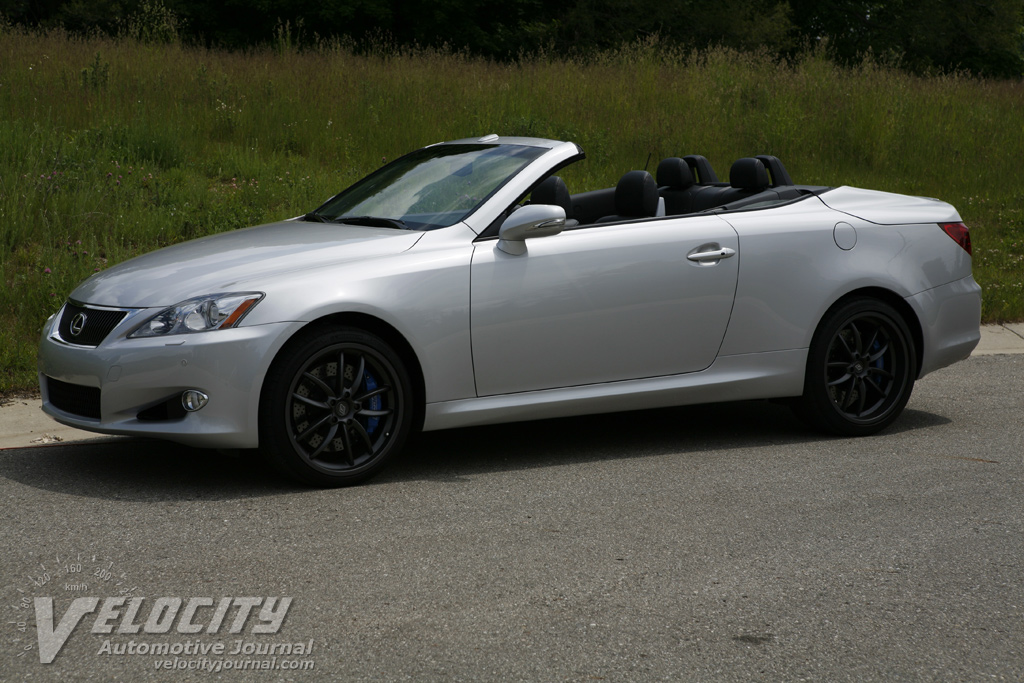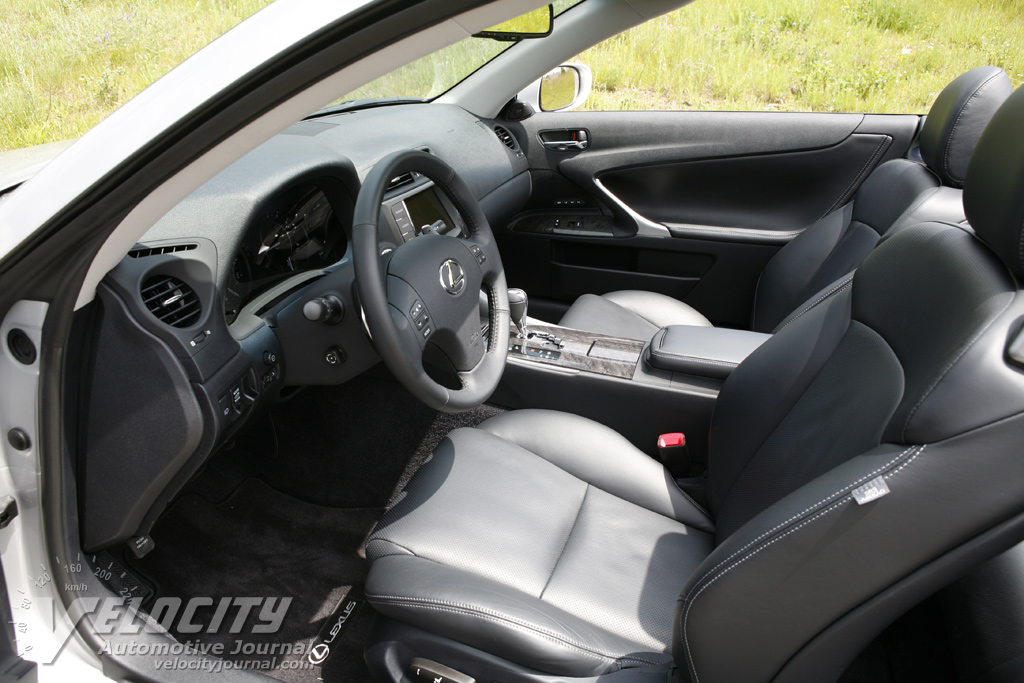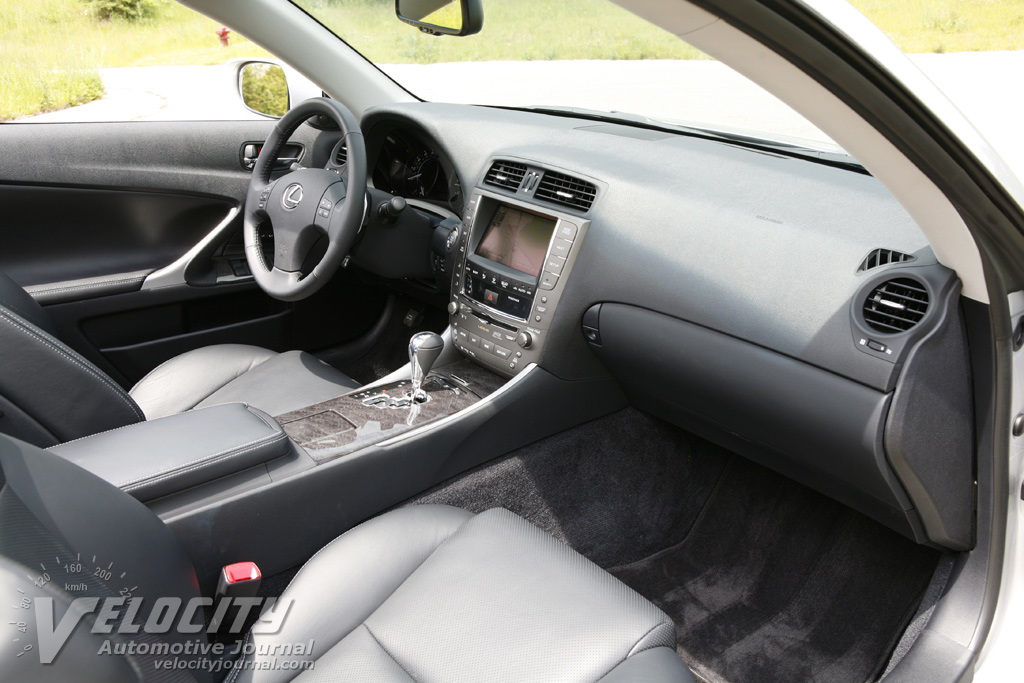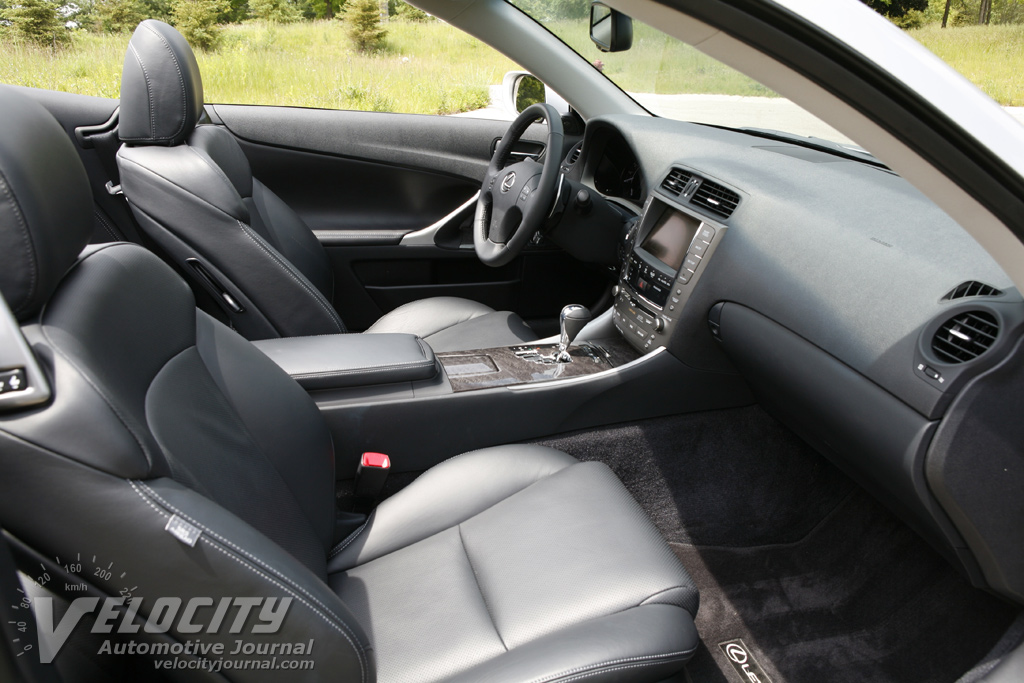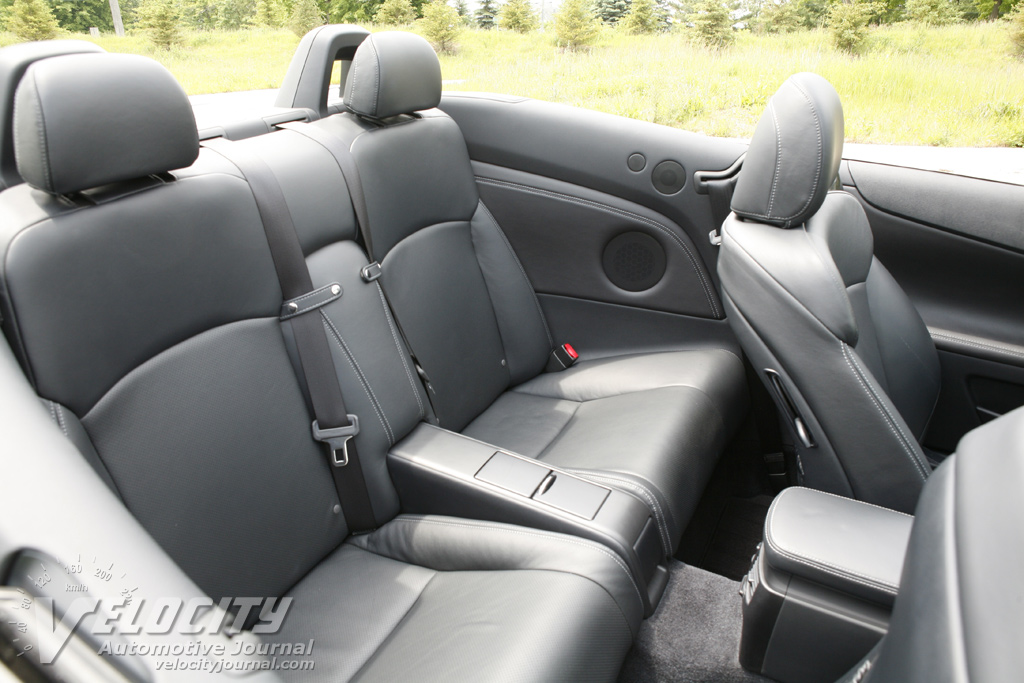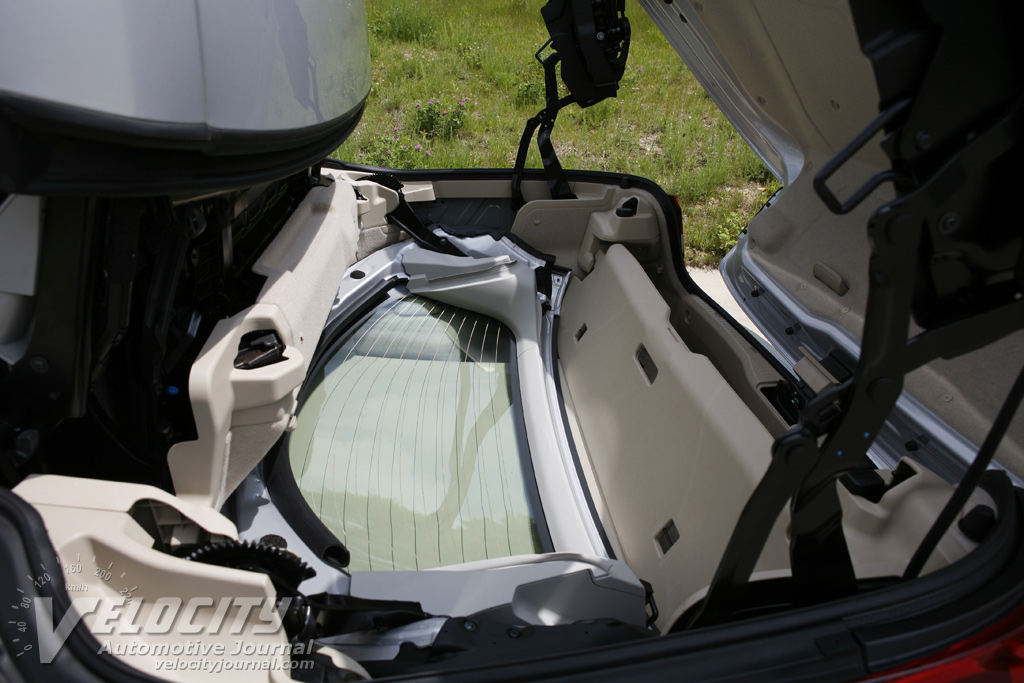2010 Lexus HS250h
06/10/2009
Shahed Hussain
Lexus pioneered luxury hybrids with the gasoline-electric versions of the RX SUV, as well as the GS and LS luxury sedans. While these models were certainly stood apart in their respective segments, they didn't provide a significant fuel consumption advantage over their non-hybrid counterparts. Unsurprisingly, the price premium for the gasoline-electric powertrain ensured low hybrid model sales. Lexus intended the HS250h as an affordable entry level model in the lineup between the IS and ES sedans. Like the Prius, the HS250h combines the latest sixth-generation hybrid system from Lexus with pioneering active safety technologies.
Some of the advanced features available on the HS250h include a 330-watt, 7.1-channel Mark Levinson audio system with 15 speakers, head-up display, adaptive (pivoting) LED headlamps, Lane-Keep Assist, Dynamic Radar Cruise Control, and front and rearview monitors. A new Lexus Enform and Safety Connect telematics system provides collision notification, tracks a stolen vehicle, and 24-hour emergency assistance.
The HS250h interior design bears some resemblance to the Prius, with a sweeping center stack that juts out from the dashboard. The optional navigation system display folds out of the dash above the center vents; base models get a digital clock in the same location instead. A blue pushbutton to the left of the steering wheel starts the hybrid powertrain. A stubby shift lever for the continuously variable transmission (CVT) protrudes from the dash, next to the steering wheel. The instrument panel includes a Hybrid System Indicator gauge and 140-MPH speedometer, plus smaller gauges for fuel, transmission mode, and vehicle system status. The Hybrid System Indicator shows when the hybrid system is charging the battery and when it is delivering full power. Three buttons on the dash allow the driver to select from EV (electric), Eco, and Power modes as required. The default Normal mode is tuned to respond linearly to the throttle, while the Eco mode provides leisurely acceleration for optimal fuel efficiency; the Power mode boosts throttle response for best performance. However, the hybrid powertrain will deliver maximum power at full throttle, regardless of powertrain mode.
Although the HS250h shares its hybrid technology with the Prius, their powertrains are significantly different. The HS250h is powered by an Atkinson cycle 2.4L engine coupled to a 30kW (40 hp) electric motor/generator. Power output from the 2AZ-FXE inline-4 is 147-bhp @ 6,000 RPM, with maximum torque of 138 lb.-ft. @ 4,400 RPM. An inverter converts the 244.8 VDC from the rechargeable battery to 650V AC to power the motor/generator. The total powertrain system is rated at 187 horsepower. According to Lexus, the HS250h can hit 0-60 MPH in a respectable 8.4 seconds, significantly faster than the 9.8 seconds required by the Prius. The EPA rates the HS250h at 35/33 MPG (city/hwy.), which seems realistic based on our limited time behind the wheel. A comparable Ford Fusion Hybrid manages 41/36 MPG (city/hwy.), so while the HS250h leads the pack among entry luxury sedans, the Ford is considerably ahead of the Lexus in overall fuel efficiency.
Driving the HS250h reveals few indications of its hybrid powertrain; the gasoline engine and electric motor deliver seamless turbine-like power to the front wheels. Slip the lever into "D", depress the accelerator and the HS250h glides forward nearly inaudibly. A full electric EV mode allows this Lexus to move solely on battery power, depending on its charge level. As with other large displacement 4-cylinder powerplants, engine noise and harshness intrude near the 6,000 RPM redline, but the 2.4L in no worse than other engines in its class.
Lexus equips the HS250h with a full complement of safety technologies including ABS, traction control, Vehicle Stability Control (VSC), and Hill-Assist Control (HAC). Brakes are all disc: 10.82-in. diameter (front) and 11.06-in. diameter (rear). The front suspension consists of MacPherson struts, coil springs, lower arms, and stabilizer bar. At the rear is a double wishbone layout with dampers (shock absorbers), coil springs and stabilizer bar. An optional Touring Package has dampers tuned for sporty handling.
The HS250h opens a new niche for Lexus as the first dedicated hybrid luxury sedan. Based on our impressions, we expect that the HS250h will overlap the IS and ES sedans in pricing, but appeal to different customers than either of its siblings. The HS is an obvious step up for former Prius owners looking for a midsize luxury sedan without abandoning their environmentally conscious focus. Relative to its competition from other Japanese, American, and German luxury automakers, the Lexus stands out for its significantly superior fuel efficiency in city driving, which could appeal to affluent urban residents. Ultimately, pricing will drive its success: if the HS250h is perceived as the most affordable and economical Lexus, then it could attract new customers to Toyota's luxury brand.

